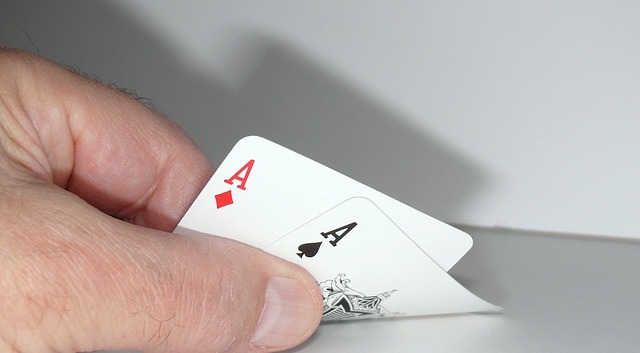VR gambling platforms promise immersion, but for some players, prolonged sessions quickly turn into discomfort. Motion sickness arises when your eyes tell you one story—fast movement through a 3D space—while your inner ear feels stationary. This sensory conflict creates nausea, dizziness, or fatigue. Unlike traditional casinos, VR places you in first-person perspective for hours, often with dynamic camera angles or busy environments. Fortunately, smart settings can reduce or even prevent symptoms. Players who fine-tune their field of view, locomotion methods, frame rate, and comfort features report more tolerance, allowing longer and more enjoyable play. Knowing which adjustments matter most saves you from trial-and-error and helps ensure that VR feels like a tool for entertainment, not a health hazard.
Field of View and Visual Anchors
Field of view (FOV) is one of the strongest levers for reducing motion sickness. A wide FOV can feel natural but also overwhelms peripheral vision, making motion cues stronger. Narrowing FOV slightly—especially during movement—reduces sensory overload. Many platforms offer “tunnel vision” or vignetting, darkening the edges of the screen while moving. Though it reduces immersion, it stabilizes focus and decreases nausea. Visual anchors also help. A fixed horizon line, static HUD, or stationary cockpit frame gives your brain a stable point of reference, reducing sensory conflict. Developers can integrate subtle anchors like table edges or menus that remain steady even as the environment shifts. Players who enable these features often find they can play longer without discomfort.
Locomotion Choices and Comfort Options

How you move in VR affects how your body interprets motion. Teleport locomotion, where you point and click to move instantly, minimizes nausea because there’s no transitional movement. Dash movement—short, quick shifts—offers a compromise between immersion and comfort. Continuous smooth walking, while realistic, is the most likely to trigger symptoms. Rotation is another factor. Snap-turning (rotating in fixed increments, such as 30°) reduces disorientation compared to smooth turning. Many platforms allow customizing turn increments or mixing methods. Hand-based movement, where your controller gestures “pull” you across the environment, also creates more natural body cues. By experimenting with locomotion options, you can find the balance that matches your tolerance and keeps gameplay enjoyable.
Frame Rate, Latency, and Hardware Setup
Technical performance plays a direct role in motion sickness. Low frame rates or laggy response times amplify nausea because the brain notices tiny mismatches between movement and visual updates. Ideally, VR platforms should run at 90 frames per second or higher with minimal latency between head movement and display update. Players can optimize this by closing background apps, lowering graphical fidelity, or upgrading cables and headsets for smoother delivery. Headset fit also matters: poor IPD (interpupillary distance) settings cause eye strain, while loose straps let the headset shift during movement, creating micro-mismatches. Even room lighting and tracking quality affect comfort. A stable, well-tuned setup isn’t just about visuals—it’s a key defense against discomfort in extended sessions.
Practical Player Adjustments

Players can actively manage symptoms with routine habits. Taking breaks every 20–30 minutes allows the brain to recalibrate. Hydration and airflow matter more than expected—cool air or a fan blowing across your face can mitigate nausea by providing consistent physical feedback. Starting with shorter VR sessions and gradually extending play builds tolerance. Some users also report that chewing gum, ginger tablets, or wrist acupressure bands help reduce queasiness. Keeping a simple checklist of comfort settings (FOV, locomotion style, refresh rate) ensures consistency across games. A sample player checklist might look like this:
| Setting | Comfort Choice |
|---|---|
| Movement | Teleport / Dash |
| Rotation | Snap turns at 30° increments |
| Field of View | Vignette enabled |
| Frame Rate Target | 90 FPS or higher |
| Break Interval | Every 20–30 minutes |
These small adjustments, applied consistently, transform VR from something tolerated into something genuinely enjoyable.
